Tea cakes, also known as compressed tea, have been a staple in tea cultures for centuries, particularly in regions like China, Japan, and Southeast Asia. These densely packed discs or bricks of tea leaves, often made from varieties like pu-erh, heicha, or liu bao, are revered for their ability to age gracefully, developing complex flavors and textures over time. However, to truly appreciate the depth and nuance of a well-aged tea cake, one must master the delicate process of “awakening” it. This ritual, often overlooked by novices, is the key to transforming a dormant, compressed tea into a vibrant, aromatic brew. In this guide, we will explore the science, techniques, and cultural significance behind awakening tea cakes, ensuring that every infusion reveals the tea’s full potential.
Understanding the Need for Awakening
Before diving into the practical steps, it is essential to grasp why tea cakes require awakening. Compressed tea leaves are tightly packed, often under immense pressure, which halts the oxidation process and preserves the tea for years or even decades. This compression, while beneficial for aging, also restricts the leaves’ exposure to oxygen, moisture, and light—elements critical for flavor development. Over time, the leaves become dormant, their essential oils and volatile compounds trapped within the matrix of compressed foliage.
Awakening a tea cake serves two primary purposes:
- Aeration: Introducing oxygen to the leaves helps reactivate enzymatic activity, softening harsh tannins and unlocking buried aromas.
- Hydration: A controlled exposure to moisture loosens the leaves, making them more pliable and ready for brewing.
Without proper awakening, the first few infusions may taste flat, astringent, or overly earthy, masking the tea’s true character.
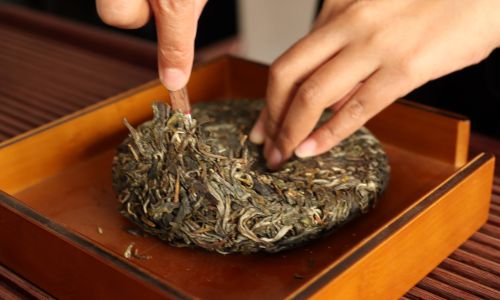
Step 1: Inspecting and Preparing the Tea Cake
The journey begins with a careful examination of the tea cake. Observe its shape, color, and texture. A well-aged pu-erh cake, for example, should have a mottled appearance with hints of gold, amber, and deep brown. Check for any signs of mold, pests, or improper storage (e.g., a musty odor). If the cake appears overly dry or brittle, it may require extra care during awakening.
Tools Required:
- A clean, odor-free workspace (a ceramic or bamboo tray is ideal).
- A tea knife or pick (preferably made of bamboo, wood, or stainless steel).
- A clean, dry cloth.
- A digital scale (optional, for precise measurements).
Step 2: Breaking the Cake – The Gentle Art of Prying
Breaking a tea cake is not about brute force but precision. The goal is to separate the leaves without crushing them, as fragmented leaves can release bitterness and sediment.
- Locate the Edge: Identify a natural seam or indentation on the cake’s perimeter. Gently insert the tea knife at a 45-degree angle, applying steady pressure until the blade penetrates 1–2 centimeters.
- Twist and Lift: With the knife in place, twist your wrist slightly to loosen a small section of leaves. Avoid sawing motions, which can damage the leaves’ structure.
- Repeat: Work your way around the cake, prying off 5–10 gram portions (depending on your brewing vessel). Store the remaining cake in a breathable container (e.g., a clay jar or paper bag) to maintain its integrity.
Pro Tip: For older cakes (10+ years), prioritize removing leaves from the outer edges first, as the center may be more tightly compressed and require additional awakening time.
Step 3: Aerating the Leaves – The First Stage of Revival
Once separated, the leaves need to breathe. Spread them evenly on a clean tray or plate, ensuring minimal overlap. This step allows residual moisture from the compression process to evaporate while introducing fresh oxygen to the leaves’ surfaces.
- Duration: 1–3 hours, depending on the tea’s age and humidity levels.
- Environment: Avoid direct sunlight or strong odors. A well-ventilated room with stable temperature (20–25°C) is ideal.
For exceptionally old or dry cakes, consider placing the leaves in a slightly humid environment (e.g., a tray with a damp cloth nearby) for 15–30 minutes before aerating. This gentle hydration jumpstarts the awakening process without risking over-saturation.
Step 4: Rinsing – The Ceremonial Purge
Rinsing, or “waking up” the leaves, is a non-negotiable step in preparing compressed teas. This process serves multiple functions:
- Cleaning: Removes dust, debris, or residues from storage.
- Hydrating: Softens the leaves, preparing them for full infusion.
- Aromatizing: Releases trapped volatile compounds, priming the palate for the first sip.
Rinsing Technique:
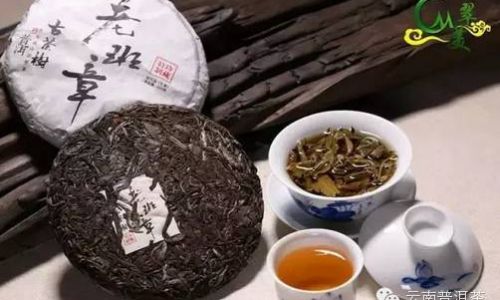
- Heat the Water: Use fresh, filtered water heated to 90–95°C (194–203°F). Avoid boiling water, which can scorch delicate leaves.
- Infuse Briefly: Pour the water over the leaves in a gaiwan, teapot, or brewing vessel. Immediately discard the liquid after 5–10 seconds.
- Repeat: For aged cakes (especially pu-erh), a second rinse may be necessary to fully awaken the leaves.
Observe the Transformation: Notice how the leaves unfurl, darken, and emit a subtle earthy or floral aroma after rinsing. This visual and olfactory cue confirms that the awakening process is underway.
Step 5: The First Infusion – A Taste of Potential
The first official brew after rinsing is a diagnostic tool. It reveals the tea’s current state and guides subsequent steeping times.
- Brewing Time: Start with 10–15 seconds for pu-erh or heicha, adjusting based on leaf size and personal preference.
- Tasting Notes: Look for balance between bitterness, sweetness, and umami. A properly awakened tea should exhibit a clean finish with lingering aftertastes.
If the first infusion tastes overly astringent or muddy, the leaves may require additional rinsing or a longer awakening period. Conversely, a flat or weak flavor indicates insufficient hydration or compression.
Step 6: Adjusting for Age and Storage
The awakening process is not one-size-fits-all. Variables like the tea’s age, storage conditions, and compression density demand tailored approaches.
- Young Cakes (1–5 years): Require minimal awakening. A single rinse and brief aeration suffice.
- Aged Cakes (10+ years): Benefit from extended rinsing (2–3 cycles) and gradual hydration to avoid shocking the leaves.
- Dry Storage vs. Wet Storage: Teas aged in humid environments (wet storage) may have a more pronounced earthy aroma but require careful rinsing to remove mustiness. Drier stored teas need longer aeration to unlock their complexity.
Common Mistakes and How to Avoid Them
- Over-Prying: Using excessive force can shatter leaves, leading to a gritty brew. Solution: Use a sharp, thin-bladed tool and apply gentle, rotational pressure.
- Under-Rinsing: Skipping rinses or using cold water fails to awaken the leaves. Solution: Always use near-boiling water and discard the first infusion.
- Impatience: Rushing the process results in uneven flavor extraction. Solution: Allow at least 30 minutes for awakening, especially for older cakes.
The Science Behind Awakening
Awakening is not merely ritualistic—it is a biochemical process. Compressed tea leaves undergo anaerobic fermentation during aging, producing compounds like lactic acid and various esters. Awakening reintroduces oxygen, kickstarting aerobic reactions that mellow harsh acids and amplify desirable flavors.
Additionally, the physical act of breaking the cake fractures cell walls, releasing enzymes and substrates that react with moisture and heat during brewing. This enzymatic activity is critical for producing the tea’s characteristic sweetness and body.
Cultural Significance of Tea Cake Awakening
In Chinese tea culture, awakening a tea cake is akin to resurrecting a piece of history. Many collectors view aged cakes as living artifacts, each with a story etched into its leaves. The ritual of awakening is a form of respect—a way to honor the tea’s journey from tree to table.
In Buddhist monasteries, for example, monks often perform elaborate awakening ceremonies, using the process as a meditation on impermanence and transformation. The gradual unfolding of the leaves mirrors the unfolding of one’s own consciousness.
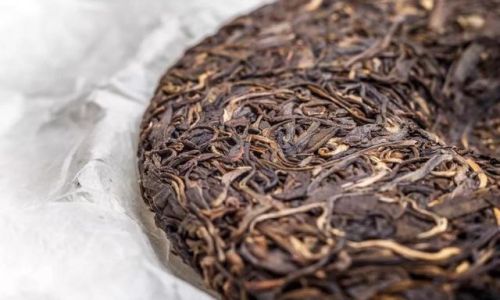
Advanced Techniques for Enthusiasts
For those seeking to elevate their tea game, consider these refined methods:
- Gradual Hydration: For exceptionally dry cakes, mist the leaves lightly with water before aerating. This mimics natural humidity fluctuations in traditional storage caves.
- Double Aeration: After the initial aeration, re-press the leaves lightly into a small clay pot and let them rest for 24 hours. This “re-compression” can intensify certain flavor profiles.
- Infusion Pairing: Experiment with alternating between hot and cool water during rinses to highlight different aromatic compounds.
Storage and Long-Term Care
Properly awakened tea cakes require ongoing attention. Store them in porous containers (e.g., unglazed clay or thick paper) to allow gradual oxidation without risking moisture buildup. Avoid plastic or airtight containers, which can suffocate the leaves and induce off-flavors.
For cakes intended for further aging, periodic awakening sessions (every 6–12 months) can help monitor progress and prevent stagnation.
Conclusion: The Journey Within the Leaf
Awakening a tea cake is a dance of patience, precision, and intuition. It is a conversation between brewer and leaf, a negotiation of time and transformation. While the steps outlined here provide a roadmap, the true art lies in adapting to each tea’s unique personality.
As you sip your first infusion, savor the journey—the earthy depths, the floral highs, the whisper of woodsmoke or honey. In that moment, you are not merely drinking tea but participating in a centuries-old tradition, one where the past awakens in the present, and the leaf reveals its soul.

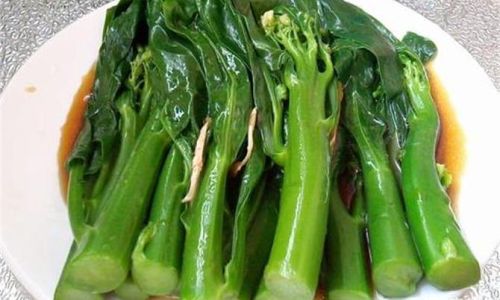

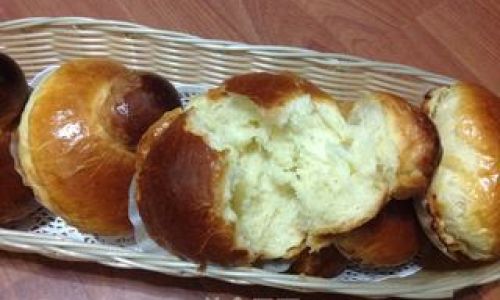

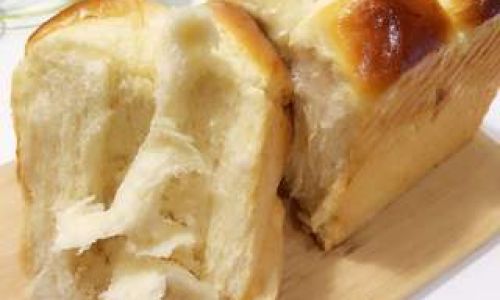
0 comments